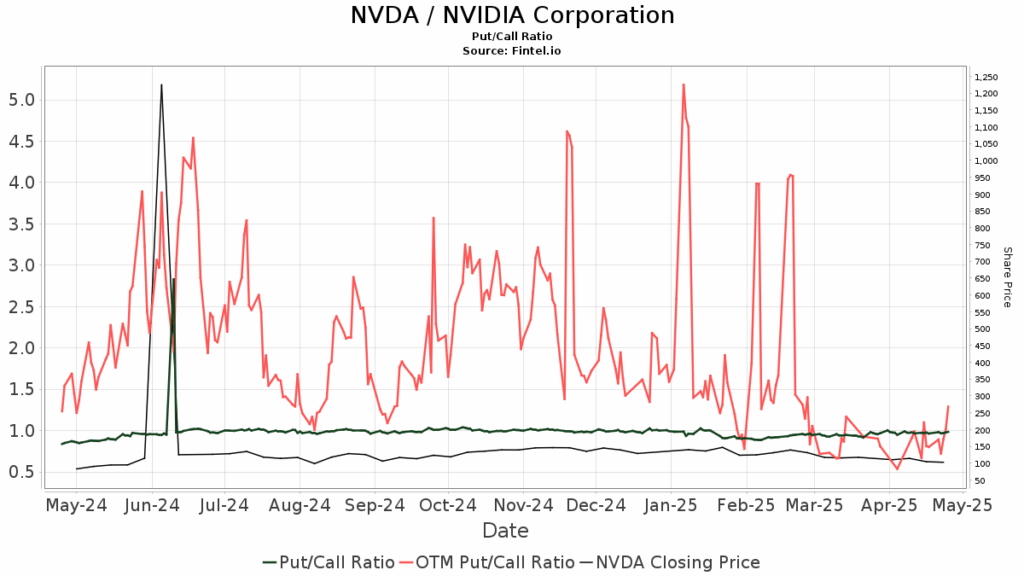Cocoa Prices Experience Recovery Amid Weather Concerns and Inventory Changes
July ICE NY cocoa (CCN25) has increased by +22 (+0.25%), while May ICE London cocoa #7 (CAK25) is up +160 (+2.53%).
Market Recovery and Weather Impact
Today’s cocoa prices have bounced back from one-week lows, showing moderate gains. This turnaround comes as short covering occurs, particularly due to weather issues in West Africa. Farmers in the Ivory Coast reported that strong winds have damaged cocoa trees, while Nigerian growers noted a lack of ripe pods, attributing this to inconsistent rainfall and prolonged dry spells.
Consumer Demand and Economic Pressures
Earlier in the week, cocoa prices faced initial declines after Mondelez International reported weaker-than-expected first-quarter sales, citing that consumers are reducing snack purchases due to economic uncertainty and heightened chocolate prices. Additionally, negative sentiment stemmed from a Bloomberg report indicating a 24% year-over-year increase in Nigerian cocoa exports, totaling 27,564 metric tons. Nigeria ranks as the world’s fifth-largest cocoa producer.
Inventory Concerns
A notable increase in current cocoa inventories is adding bearish pressure on prices. Since reaching a 21-year low of 1,263,493 bags on January 24, ICE-monitored cocoa inventories stored at U.S. ports have risen to a six-and-a-half-month high of 1,994,975 bags as of Tuesday. Last Friday, NY cocoa prices hit a two-and-a-quarter-month high driven by supply concerns, particularly following a slowdown in Ivory Coast cocoa exports. According to government data released on Monday, farmers shipped 1.5 million metric tons of cocoa to ports this marketing year from October 1 to April 27—an increase of 12% from last year but a decrease compared to the 35% rise noted in December.
Global Demand Indicators
There are signs of a positive carryover as recent reports have assessed global cocoa demand as better than anticipated. Q1 North American cocoa grindings fell by 2.5% year over year to 110,278 metric tons, which was an improvement over forecasts that predicted a drop of at least 5%. Similarly, Q1 European and Asian cocoa grindings declined by 3.7% and 3.4% year over year, respectively, both better than expected.
Future Crop Concerns from West Africa
Looking ahead, worries surrounding the upcoming mid-crop in the Ivory Coast are contributing to price support. Rabobank highlighted that late-arriving rains have hindered crop growth. Recent surveys from cocoa farmers in both the Ivory Coast and Ghana have shown disappointing results. The mid-crop, which is the smaller of two annual harvests, is expected to start this month, with estimates for this year’s Ivory Coast mid-crop set at 400,000 metric tons—a 9% decline from last year’s 440,000 metric tons.
Tightened Markets and Predictive Surpluses
Earlier this month, NY cocoa futures slipped to a one-month low, while London cocoa reached a five-month low due to concerns that consumer demand for cocoa products will diminish amidst an escalating global trade war and rising tariffs on chocolate. On April 10, Barry Callebaut AG, one of the largest chocolate manufacturers, lowered its annual sales guidance partly due to high cocoa prices and tariff implications.
Adding to bearish market sentiment, the International Cocoa Organization (ICCO) projected a global cocoa surplus of 142,000 metric tons for the 2024/25 season—the first such surplus in four years. The ICCO also forecasted a production increase of 7.8% year-over-year to 4.84 million metric tons for the same period.
Ghana’s Market Impact
In contrast, diminished cocoa supplies from Ghana, the second-largest cocoa producer, are providing some support for prices. In December, Cocobod, Ghana’s cocoa regulator, downgraded its harvest forecast for the 2024/25 season to 617,500 metric tons, a 5% reduction from the August estimate of 650,000 metric tons.
Global Deficits and Projections
The ICCO recently noted that the 2023/24 global cocoa deficit reached 441,000 metric tons, marking the largest deficit seen in over 60 years. Production fell by 13.1% year-over-year to 4.38 million metric tons, contributing to a historically low stocks-to-grindings ratio of 27.0%.
On the date of publication, Rich Asplund did not have (either directly or indirectly) positions in any of the securities mentioned in this article. All information and data in this article is solely for informational purposes. For more information please view the Barchart Disclosure Policy
here.
The views and opinions expressed herein are the views and opinions of the author and do not necessarily reflect those of Nasdaq, Inc.
